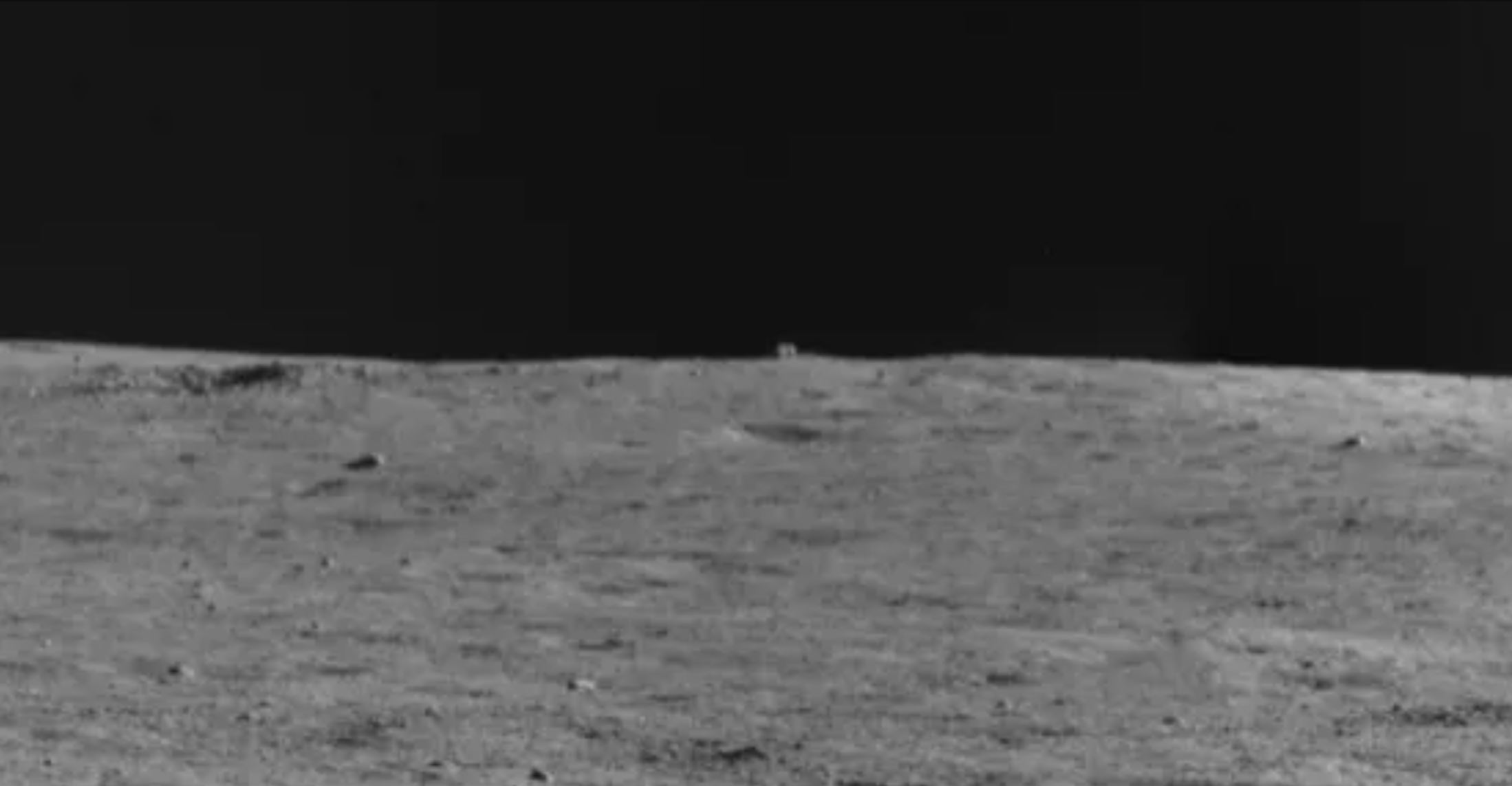Mysterious ‘moon hut’ spotted by Chinese rover revealed to be a rabbit-shaped rock
The rock has been nicknamed ‘jade rabbit’ after its shape

Your support helps us to tell the story
From reproductive rights to climate change to Big Tech, The Independent is on the ground when the story is developing. Whether it's investigating the financials of Elon Musk's pro-Trump PAC or producing our latest documentary, 'The A Word', which shines a light on the American women fighting for reproductive rights, we know how important it is to parse out the facts from the messaging.
At such a critical moment in US history, we need reporters on the ground. Your donation allows us to keep sending journalists to speak to both sides of the story.
The Independent is trusted by Americans across the entire political spectrum. And unlike many other quality news outlets, we choose not to lock Americans out of our reporting and analysis with paywalls. We believe quality journalism should be available to everyone, paid for by those who can afford it.
Your support makes all the difference.The mysterious “moon hut” spotted by China’s lunar Yutu 2 rover on the moon’s far side is actually a small rabbit-shaped rock.
In December, an image of the object appearing as a cube-shaped blur on the horizon was captured by the rover and went viral on social media after it was released by the China National Space Administration (CNSA).
After the object seemed unusually symmetrical and with a flat top, researchers with CNSA’s outreach program Our Space joked it might be an alien hut.
Scientists assessing the image said they believed the object could most likely be a piece of debris from a nearby impact zone.
As the rover got closer to the strange structure, new images have revealed that the object is actually a small lumpy rock sitting on the edge of a crater.
The Yutu 2 team has nicknamed the rock “jade rabbit” after its shape and also as the rover’s own name “Yutu” translates to “jade rabbit”.
The rover is the first in history to explore the far side of the moon that always faces away from Earth.
It was launched in December 2018 and arrived on the lunar surface in January 2019, landing in the Von Karman crater, part of the Aitken Basin at the moon’s south pole.
Yutu 2 is powered by solar energy and periodically hibernates until the sun comes back out.
The Chinese space agency had earlier said the rover was headed toward the object at about 656 feet per hour to investigate the structure.
The agency also makes available the drive diary revealing how the rover and the drive team carefully navigates between craters to reach new locations.
Since its landing, the rover has made several discoveries, including that of a “gel with a mysterious lustre” lying in the centre of a crater on the far side of the moon.
Join our commenting forum
Join thought-provoking conversations, follow other Independent readers and see their replies
Comments